The Russian ceramic industry stands as a formidable and often underestimated powerhouse within the global manufacturing landscape. Far more than a simple market for imported goods, Russia has developed a sophisticated and self-sufficient production base that encompasses the entire value chain, from the extraction of raw materials from its vast natural reserves to the final export of finished products to a global audience. For investors, researchers, and industry professionals, a deep understanding of this process is essential to appreciate the industry’s resilience, its competitive advantages, and its potential for future growth.
This comprehensive article provides an in-depth, specialist’s review of the Russian tile and ceramic sector. We will meticulously trace the journey of a tile, from the moment raw clay is unearthed to its final destination in a home or on a project site. We will explore the technological advancements, logistical challenges, and strategic dynamics that define this vital industry, offering a unique, end-to-end perspective that goes far beyond a simple market analysis.
The Foundation: Sourcing Raw Materials in Russia
The strength of the Russian ceramic industry begins with its geological wealth. The country possesses enormous and readily accessible deposits of the key minerals required for ceramic production, giving it a significant competitive advantage over many other nations.
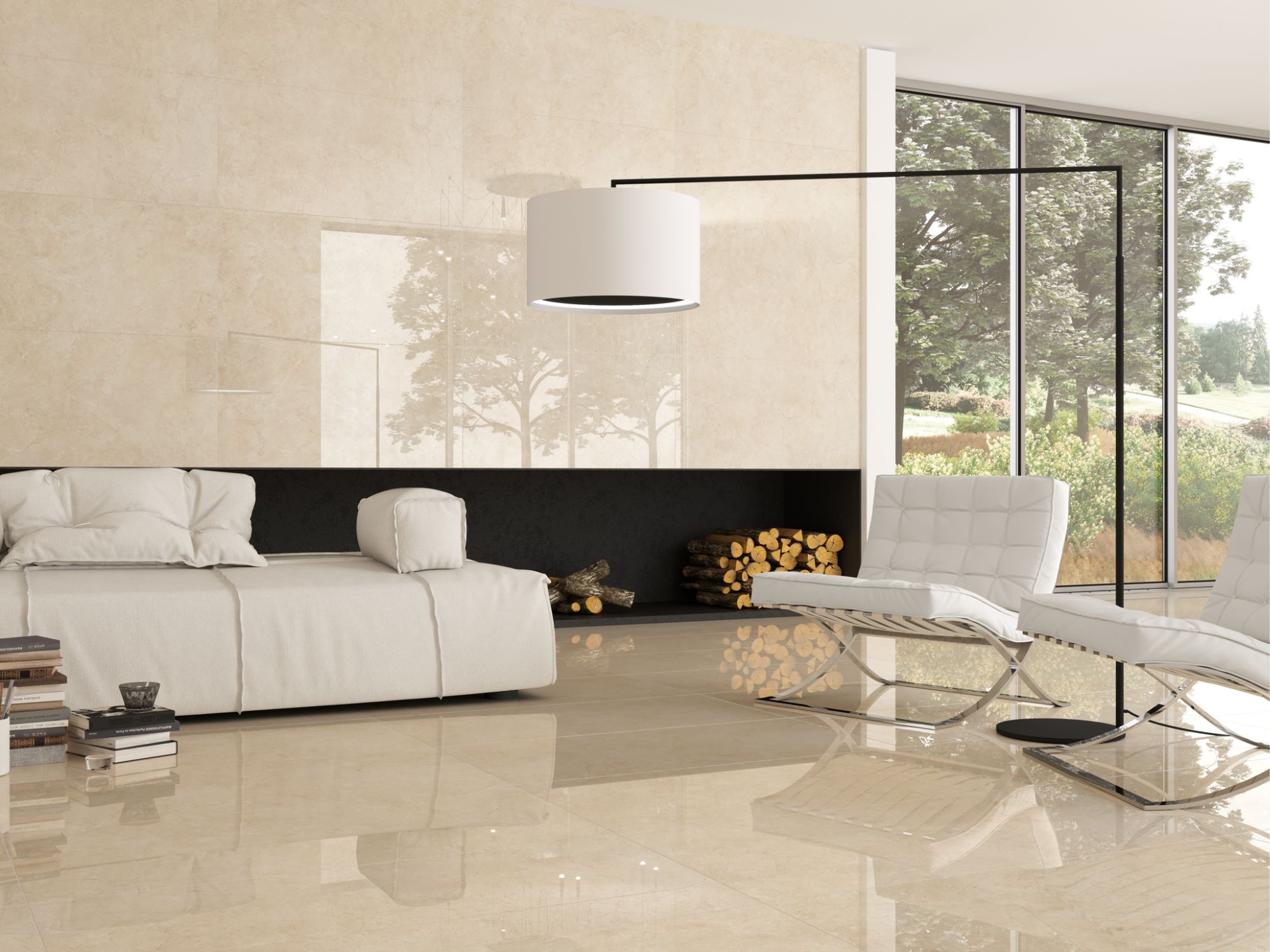
Abundance of Natural Resources
Russia is home to vast reserves of essential ceramic raw materials, including kaolin, feldspar, quartz sand, and various types of clay. These deposits are spread across the country, with key extraction sites located in regions such as the Ural Mountains, the Siberian Federal District, and the Central Federal District. The sheer volume and purity of these raw materials mean that Russian manufacturers are less reliant on imports for their foundational inputs, which helps to stabilize production costs and reduce supply chain vulnerabilities.
- Kaolin: A primary ingredient for ceramics, high-quality kaolin deposits are found in several regions, including the Chelyabinsk and Amur regions. This provides a steady supply for the production of everything from sanitaryware to fine porcelain tiles.
- Clay: Abundant clay deposits of various types—from white-firing to red-firing clays—are found nationwide. These clays are the backbone of both traditional and modern ceramic tile production.
- Feldspar and Quartz Sand: These are crucial for creating the body of porcelain stoneware and other dense ceramic products. Russia’s extensive reserves of these minerals ensure manufacturers have a constant, local supply for high-volume production.
The Role of Material Quality and Processing
While the quantity of raw materials is impressive, their quality is what truly matters. Russian ceramic companies have invested heavily in local processing facilities to refine and prepare these materials. This includes crushing, grinding, and blending to achieve the precise chemical composition and particle size required for modern manufacturing techniques. The ability to control the quality of raw materials from the very beginning of the value chain allows Russian producers to maintain consistent product quality and to develop specialized formulas for different product lines, from highly durable industrial tiles to aesthetically pleasing decorative surfaces. This vertical integration provides a distinct advantage, as it shields the industry from the price volatility and logistical challenges associated with importing bulk raw materials.
The Production Process: Inside Russian Ceramic Factories
Russia’s ceramic manufacturing sector has undergone a significant modernization over the last two decades. While some older, legacy factories still exist, many major players have invested billions of rubles in state-of-the-art European and Chinese technology, transforming their facilities into world-class production hubs.
Key Manufacturing Technologies
Modern Russian ceramic factories are characterized by high levels of automation and the use of advanced equipment.
- Continuous Pressing Systems: For the production of large-format tiles, continuous pressing technology is now standard. This allows for the creation of massive slabs and tiles up to several meters in size, which are highly sought after for modern commercial and residential projects.
- High-Resolution Digital Printing: The days of simple, repetitive patterns are over. Most Russian manufacturers now use sophisticated digital printing technology, which allows for the creation of intricate, realistic designs that mimic natural materials like marble, wood, and concrete with incredible accuracy. This technology has been a game-changer, enabling local producers to compete directly with leading international brands on aesthetics.
- Energy-Efficient Kilns: The core of any ceramic factory is its kilns. Russian producers have invested in modern, highly efficient continuous kilns, which ensure consistent product quality, reduce firing times, and, importantly, lower energy consumption. Given Russia’s abundance of natural gas, this technology is both cost-effective and environmentally sound.
Focus on Porcelain Stoneware Production
The dominant product in the Russian market is porcelain stoneware, and this is where most investment in manufacturing technology has been concentrated. The production of porcelain stoneware requires specific conditions: a very fine-grained, pure clay body and firing at extremely high temperatures (over 1200°C). The resulting product is non-porous, highly durable, and frost-resistant, making it perfectly suited for the Russian climate. The manufacturing process involves several critical steps: grinding of raw materials, preparing the body, pressing, drying, glazing (if applicable), high-temperature firing, and final cutting and polishing.
Quality Control and Standards
Quality assurance is a cornerstone of the modern Russian ceramic industry. Manufacturers adhere to both international standards (such as ISO 9001) and national standards (GOST). Rigorous quality control checks are performed at every stage of production, from the chemical analysis of incoming raw materials to the final inspection of finished products. This includes testing for dimensions, resistance to abrasion, chemical resistance, and freeze-thaw durability, ensuring that every tile meets the highest performance and safety standards.
Navigating the Supply Chain: From Factory to Market
Once a tile is produced, it must be efficiently moved to its final destination. Given Russia’s immense size and diverse geography, this presents a significant logistical challenge.
Domestic Distribution Networks
The domestic Russian supply chain is a complex web of transportation and warehousing. Products are typically moved from factories located in key industrial regions to regional distribution centers. This multi-modal approach often involves a combination of rail transport for long distances, especially for large bulk orders, and road transport for final delivery to retail outlets, construction sites, and warehouses. Strong partnerships with specialized logistics companies are essential for navigating this network effectively.
- The Role of Distributors and Wholesalers: Many manufacturers work through a network of distributors and wholesalers who have established relationships with retail chains, DIY stores, and contractors. These partners handle the last-mile delivery and sales, providing a crucial link between the factory and the end customer.
The Russian Import-Export Dynamic
The Russian market is characterized by a balance between domestic production and foreign imports. Over the last decade, government policies aimed at import substitution have encouraged domestic manufacturers to produce high-quality alternatives to imported goods.
- Imports: Historically, Italy, Spain, and China have been the top sources for imported tiles. Italian and Spanish products dominate the premium, high-design segment, while Chinese tiles compete fiercely on price. Recent geopolitical events have disrupted these trade flows, leading to a shift towards alternative import sources from countries such as Turkey, India, and Iran.
- Domestic Production’s Role: Russian manufacturers have successfully captured a significant share of the mass and mid-range markets. Their ability to offer products at a lower price point, combined with a deep understanding of local demand, has allowed them to compete effectively with imports.
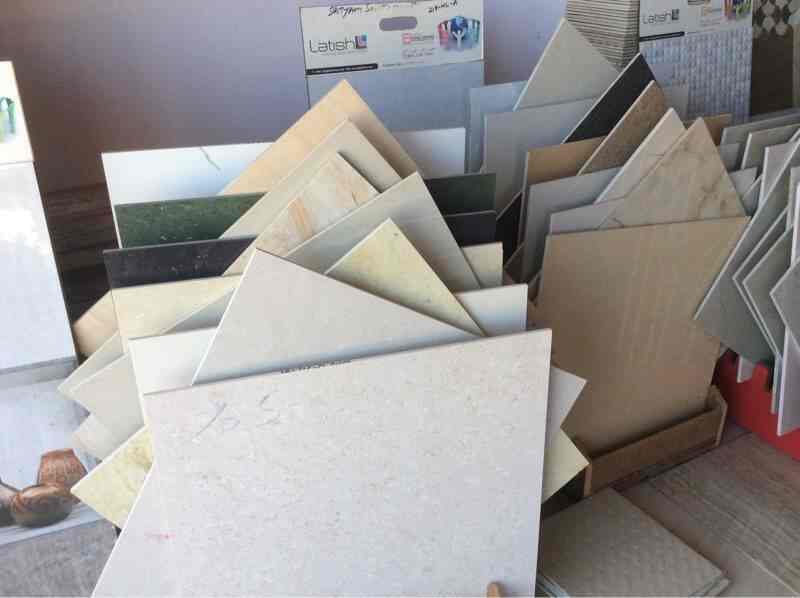
The Global Stage: Russian Tile Exports
While the domestic market is the primary focus for most Russian manufacturers, a growing number of companies are looking outwards, leveraging their competitive advantages to expand their export activities.
Key Export Markets and Destinations
Russian tiles are increasingly being exported to neighboring countries and beyond. The primary export destinations are often member states of the Eurasian Economic Union (EAEU), such as Belarus and Kazakhstan, due to favorable trade agreements and geographical proximity. However, Russian companies are also expanding their reach into other countries in the Commonwealth of Independent States (CIS), as well as into the Middle East and parts of Asia. The appeal of Russian tiles in these markets often lies in their competitive pricing and technical specifications, particularly their durability and frost resistance, which are valued in regions with cold climates.
Export Challenges and Opportunities
Exporting is not without its hurdles. Logistical complexities, varying international standards, and the current geopolitical climate present significant challenges. However, the opportunities are equally compelling. As traditional trade routes face disruption, new doors are opening for Russian producers to establish themselves as reliable suppliers in non-traditional markets. By focusing on niche products, providing exceptional customer service, and demonstrating compliance with international quality standards, Russian companies can carve out a strong position on the global stage.
The Role of EAC Certification
A critical component of the Russian and EAEU ceramic industry is the mandatory EAC certification. This certification, which stands for Eurasian Conformity, ensures that products meet the technical regulations of the member states of the EAEU. For any company looking to sell tiles within Russia, Kazakhstan, Belarus, Armenia, or Kyrgyzstan, obtaining this certification is a legal prerequisite. For Russian exporters, this certification simplifies the process of selling within the EAEU bloc, but they must also adhere to the specific standards and regulations of their target export markets outside this union.
Future Outlook and Strategic Insights
The Russian ceramic industry is a dynamic sector that is not standing still. The future will be defined by a continued focus on technological advancement and an increasing emphasis on sustainability.
Technological Advancements and Automation
The push for modernization is ongoing. Russian factories are increasingly looking to fully automate their production lines to improve efficiency, reduce labor costs, and enhance product consistency. Innovations in pressing, firing, and digital printing technologies will continue to drive growth and allow Russian producers to offer a wider range of high-quality, aesthetically diverse products that can compete with the best in the world.
The Sustainability Factor
As global awareness of environmental issues grows, the Russian ceramic industry is also beginning to focus on sustainable production practices. This includes reducing energy consumption in kilns, recycling waste materials from the production process, and developing eco-friendly products. While still in its early stages, a commitment to sustainability could become a significant competitive advantage for Russian exporters in the coming years.
Conclusion
The Russian tile and ceramic industry is a complex, robust, and technologically advanced sector with a deeply rooted competitive advantage in its abundant natural resources. By controlling the entire value chain from clay to kiln, Russian manufacturers have built an industry that is resilient, highly efficient, and increasingly capable of competing on both quality and price. While challenges from geopolitical factors and international competition remain, the sector’s continuous investment in modernization, its strong domestic market, and its growing export ambitions signal a promising future. For anyone seeking to understand the true strength of Russian manufacturing, an analysis of its sophisticated ceramic industry offers a compelling and comprehensive case study of success.
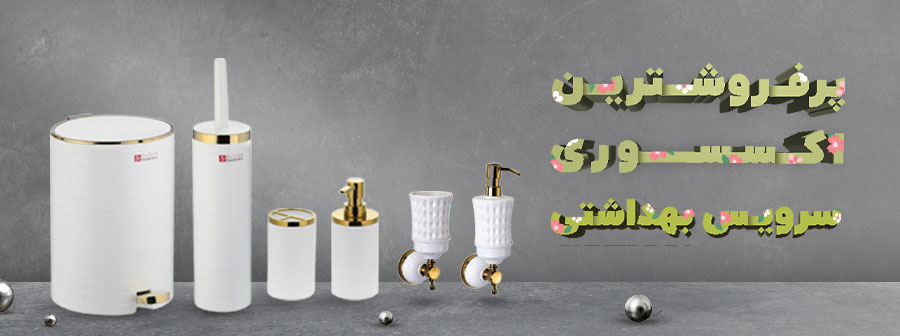
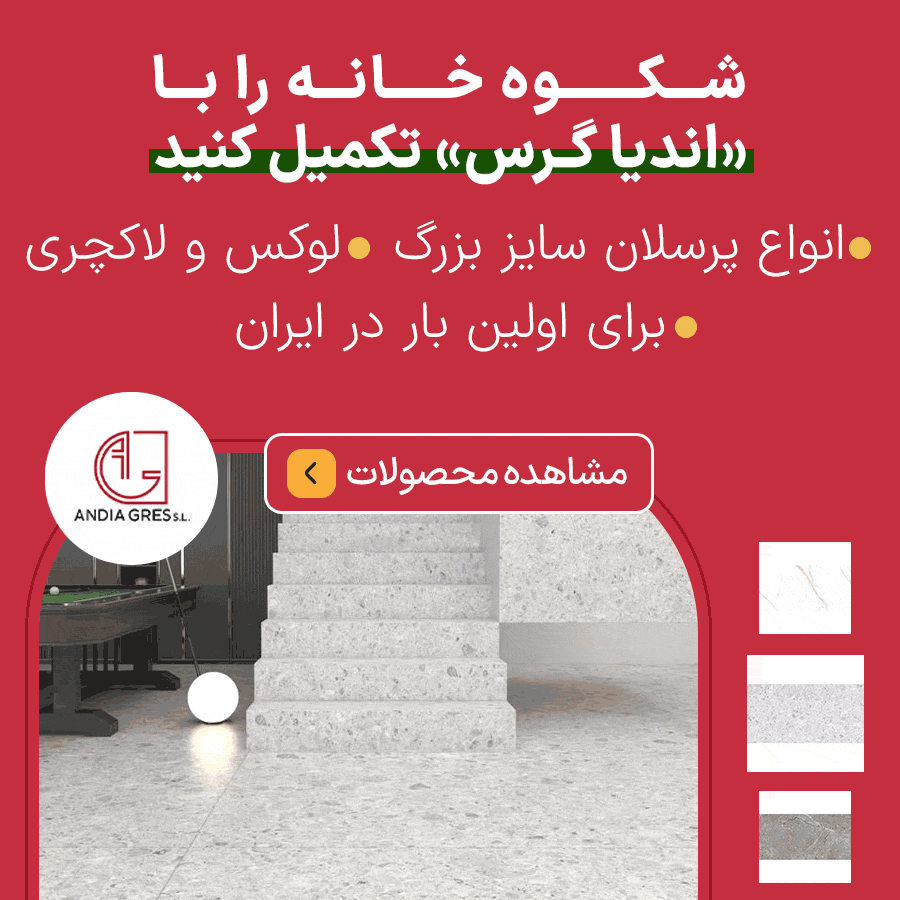
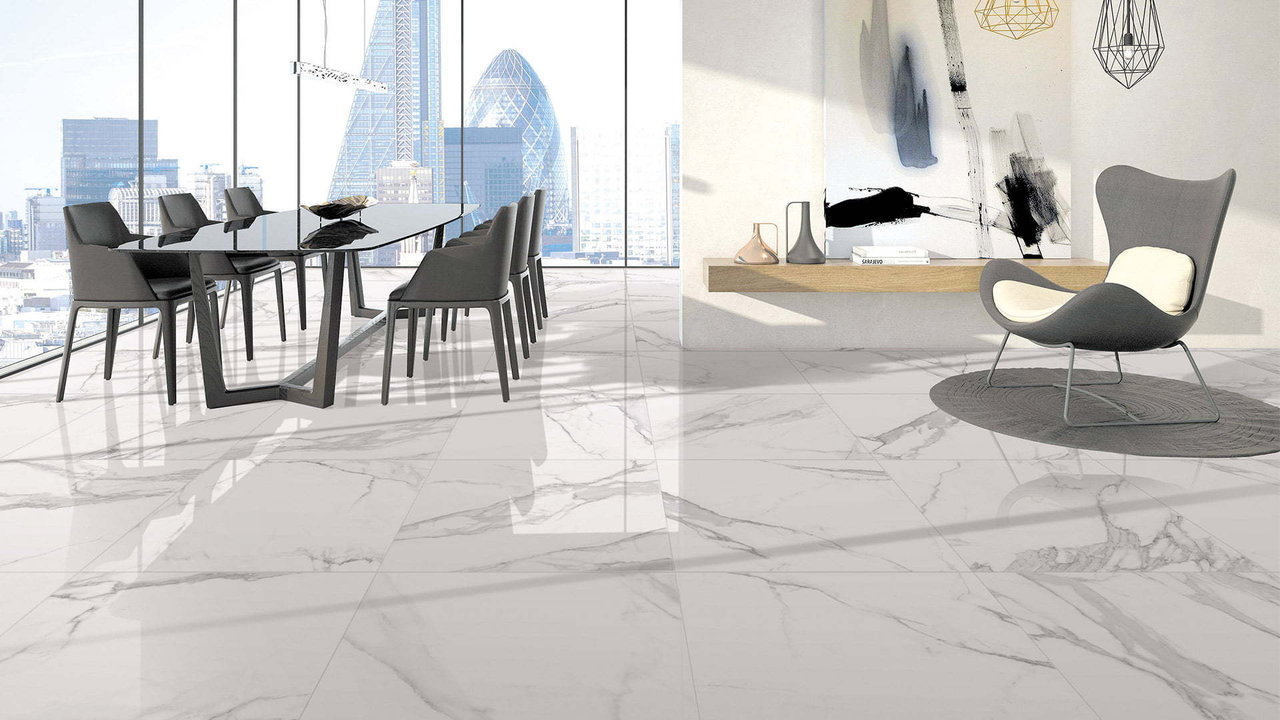
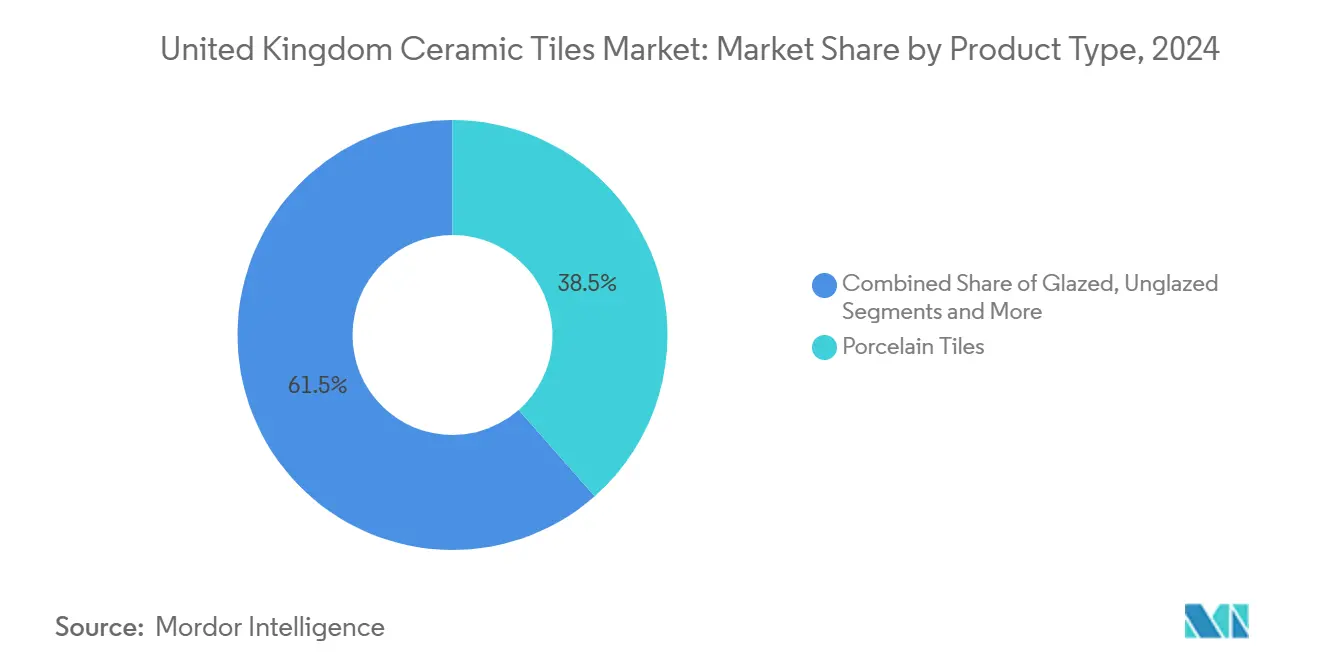
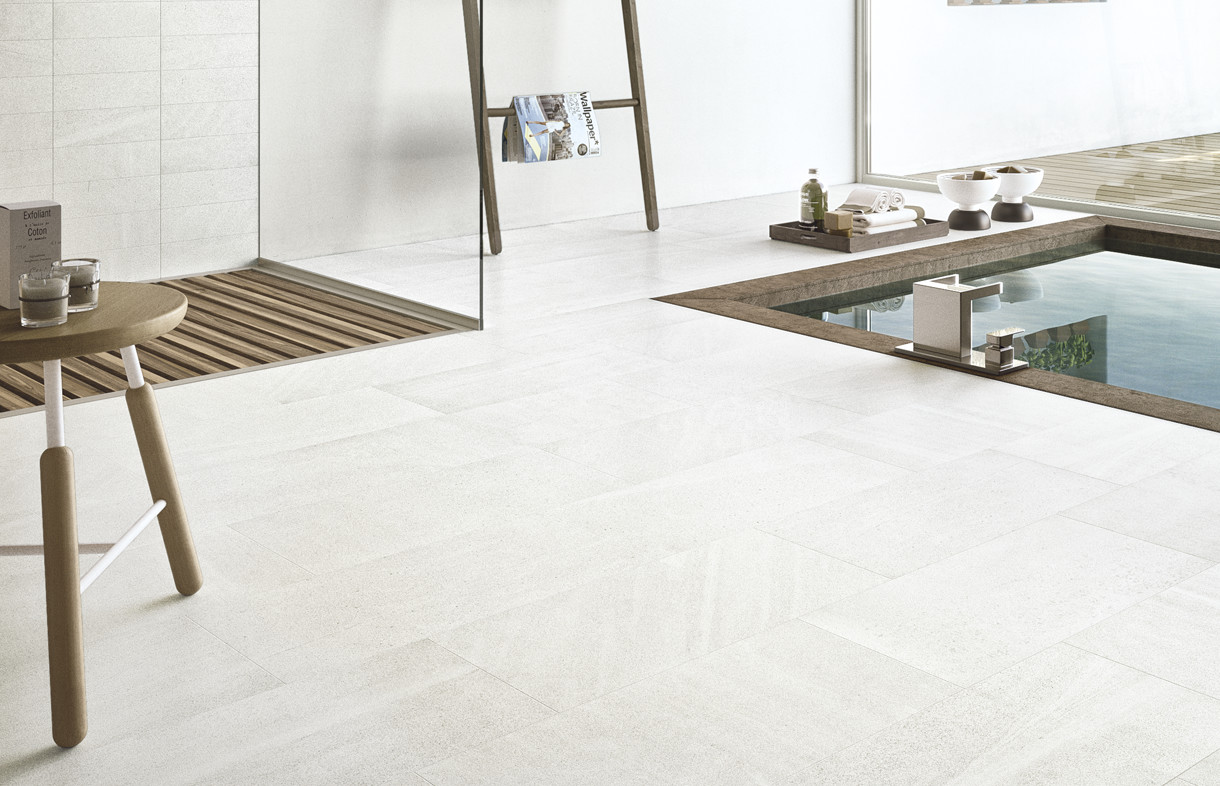


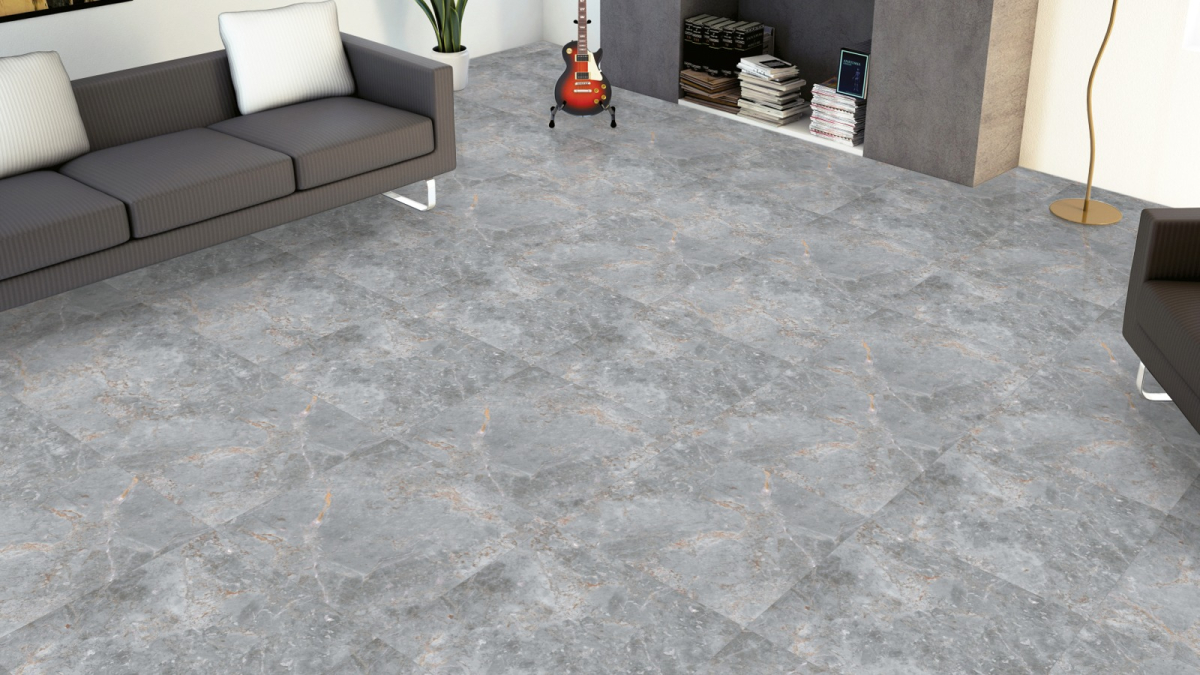
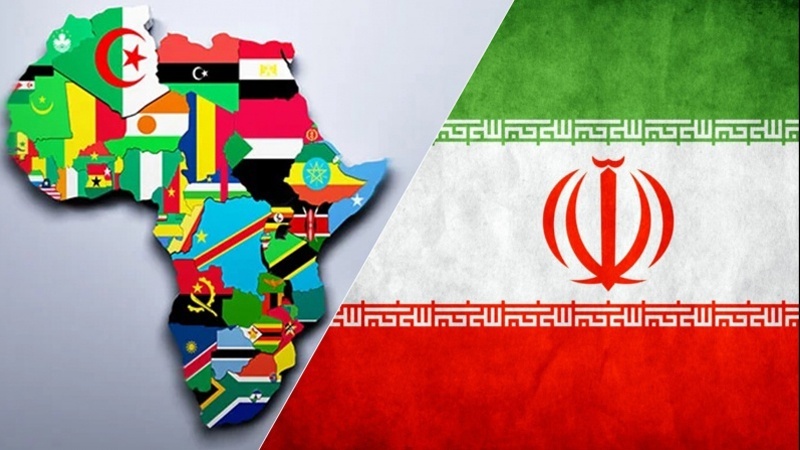
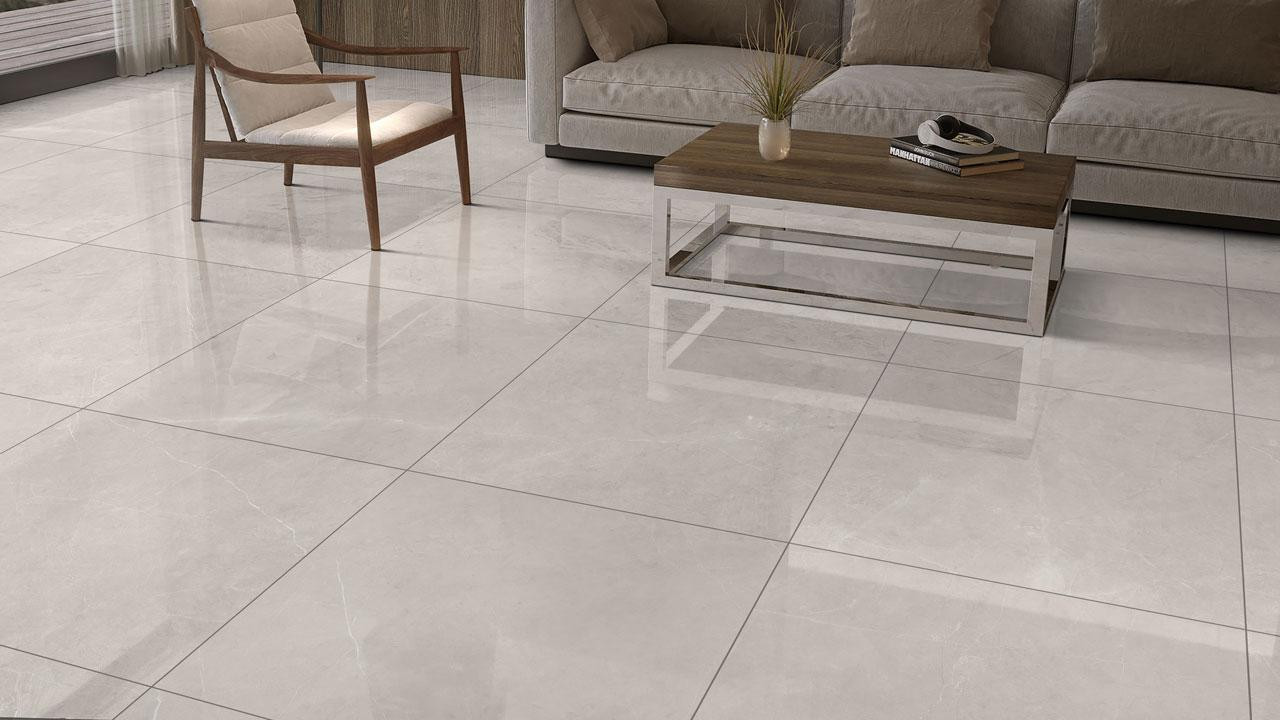
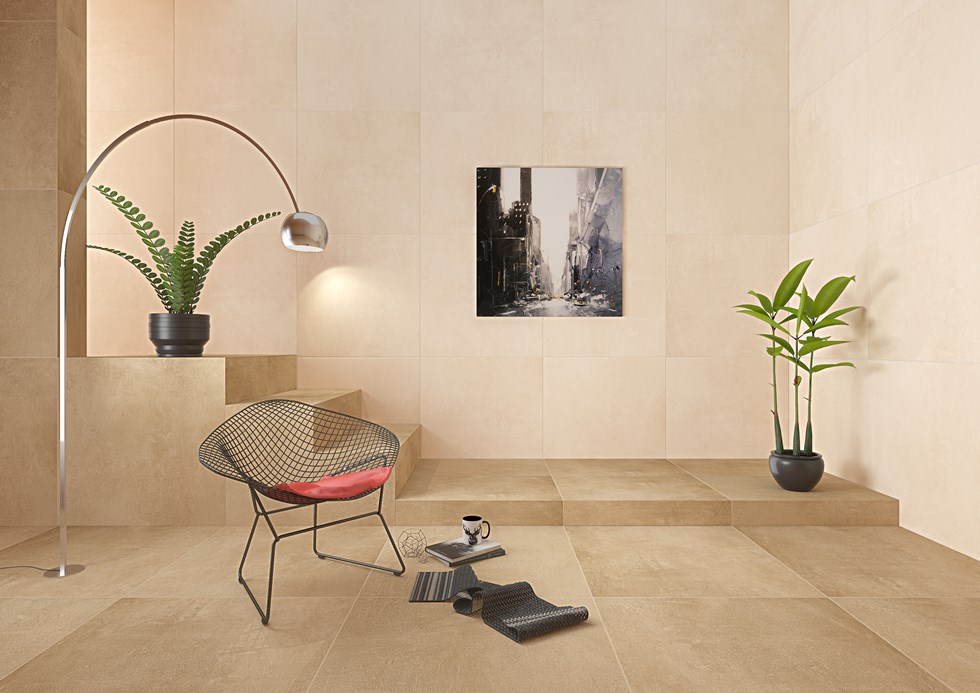
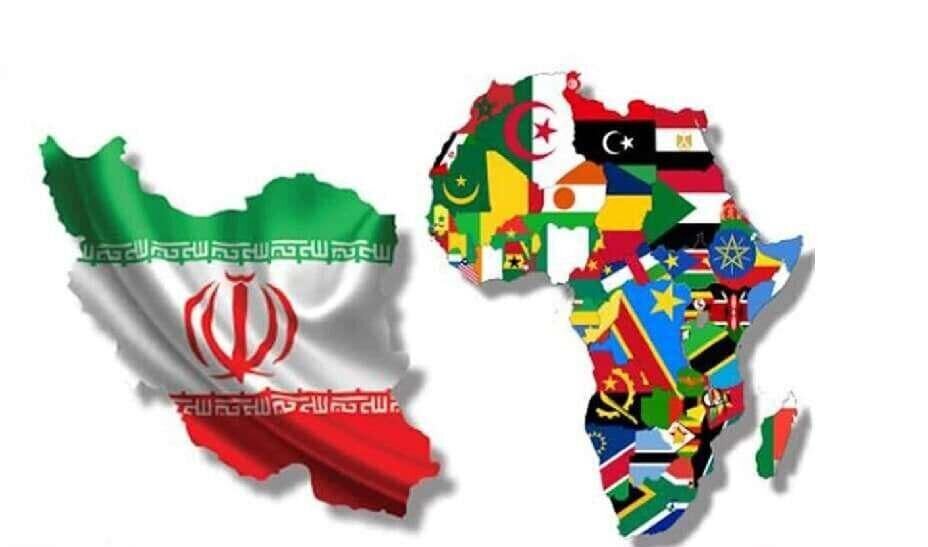
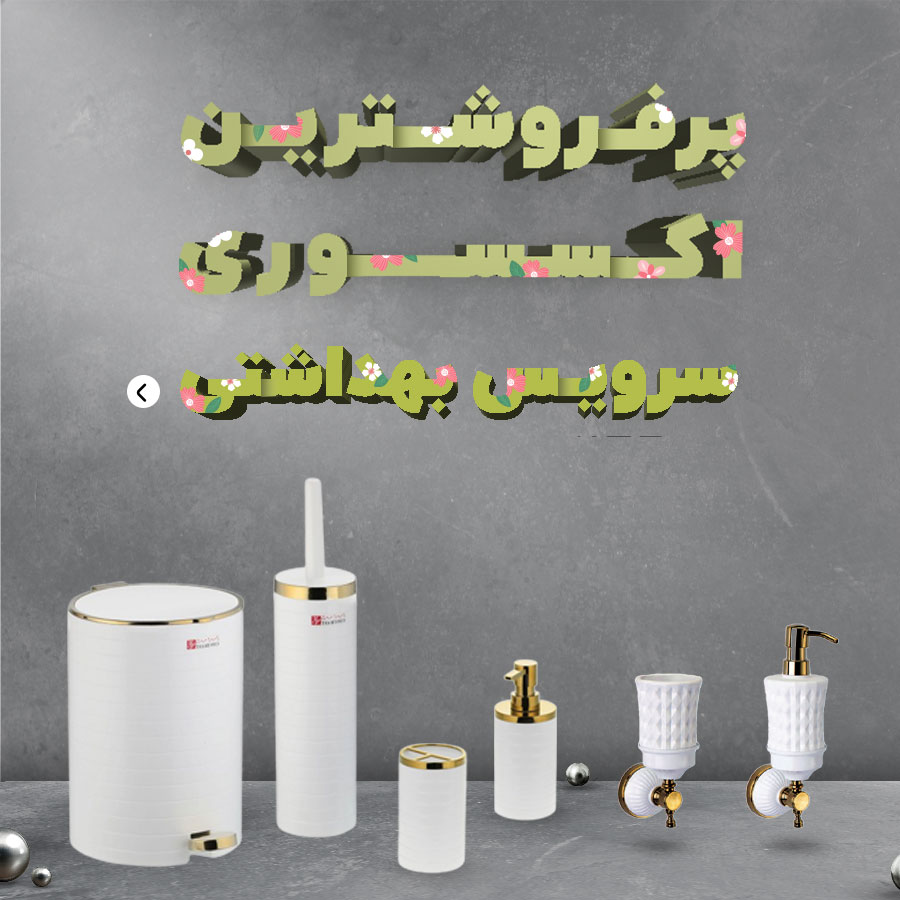

نظرات ۰